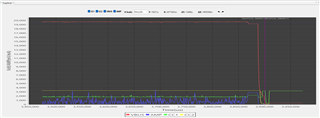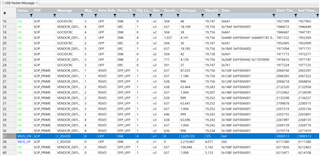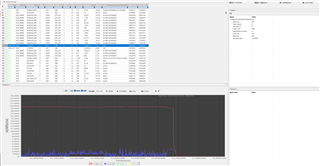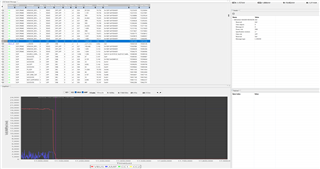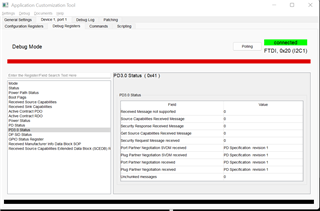Other Parts Discussed in Thread: LM3489, , TPS65987
Hi, we're using the TPS65987D with a LM3489.
When plugging in most smaller devices we can (re)charge the external sink device just fine, but as we get past 18V @ 3A, such as on a laptop, we get rapid power cycling. No power draw, then tries to charge, then back to no power draw. The Debug output from the Application tool shows the TI chip seeing port disconnects, though we're certainly not disconnecting and reconnecting the USB cable/sink. I've attached those logs below:
bad-log-laptop-greenboard2.csv
We're using stock firmware - no customizations. I've also attached a schematic of that circuit. Please let me know if there's any indication why we're getting this spontaneous power cycling. Thanks in advance!


